Red light therapy (RLT) has gained significant attention for its potential benefits in treating skin conditions, reducing inflammation, and even supporting eye health. However, concerns about its safety for the eyes persist, especially given the sensitivity of the eye area and the bright light emitted by RLT devices.
Understanding Red Light Therapy
Red light therapy is a non-invasive treatment that uses low-level wavelengths of red light to penetrate the skin and stimulate cellular repair. This therapy is commonly used to:In addition to these uses, red light therapy is often integrated into everyday wellness routines, such as: Face masks: Bontanny Moving Pro use red light to target fine lines, wrinkles, and skin texture concerns.
Red light therapy is a non-invasive treatment that uses red and near-infrared light to promote healing and rejuvenation in the body. This therapy is effective in treating a variety of health conditions, including skin problems, inflammation, and wound healing. Red light therapy works by delivering low-level light energy to the cells of the body.
Red light therapy is thought to work by acting on the “power plant” in your body’s cells called mitochondria. With more energy, other cells can do their work more efficiently, doing things like repairing skin, boosting new cell growth and enhancing skin rejuvenation. More specifically, certain cells absorb light wavelengths and are stimulated to work. Stimulate collagen production, which gives skin its structure, strength and elasticity. Increase fibroblast production, which makes collagen. Collagen is a component of connective tissue that builds skin. Increase blood circulation to the tissue. Reduce inflammation in cells.
Is Red Light Therapy Safe for the Eyes?
The safety of red light therapy for the eyes is a topic of ongoing research, with studies suggesting both potential benefits and risks depending on usage. Here’s what credible sources report:
Red light therapy is a safe, natural way to protect your vision and heal your eyes from damage and strain, as shown in numerous peer-reviewed clinical studies. Wavelengths of both red light (in the mid-600nm range) and near infrared light (in the mid-800nm range) have been tested in multiple clinical trials and found to be safe and effective for ocular health and vision protection. People with age-related macular degeneration and glaucoma have shown significantly improved vision with the aid of light therapy treatments, and people with eye injuries have experienced faster healing, with less inflammation.
A study from researchers at University College London in the United Kingdom found that a brief application of the right kind of light can improve declining vision. The study showed that a 3-minute exposure to deep red light in the morning once per week can improve vision that has declined due to aging, for up to 1 week.
However, not all findings are unequivocally positive, and precautions are advised:
Despite positive findings, experts say there is not enough research to prove that using red light therapy around eyes is 100% safe and effective for everyone. Since things are uncertain, it’s important to take precautions before beginning any red light treatments, whether at home or in a doctor’s office. Until more research is done, consider that there may be risks in red light exposure. And always talk to your eye doctor before beginning any kind of treatment on your eyes.
Although studies have shown that light therapy is safe for the eyes in physically healthy people, the research is ongoing. Plus, certain conditions or devices could set your eyes up for damage. If you have an underlying eye condition or take medication that increases photosensitivity, making your eyes more sensitive to light, you could experience damage or side effects if red light reaches your eyes. In addition, a lot of red light therapy devices also use near-infrared wavelengths in their red light settings which can be damaging to the eyes. It can affect the lens in your eyes and could cause cataracts.
Potential Risks to the Eyes
While red light therapy is generally considered safe, improper use or specific conditions can pose risks:
There’s also a potential risk of eye damage. Although LEDs are safer on the eyes than traditional lasers, proper eye protection should be worn during RLT.
Red light therapy may also cause eye damage in some cases, so it is best to wear protective goggles when using a red light therapy device. People who take medications that increase their skin or eye sensitivity should not use red light therapy. People who have a history of skin cancer or eye disease should speak with their doctor before using red light therapy.
Discomfort and fatigue: Direct exposure to bright red light may lead to eye strain, dryness, or irritation. When using red light therapy devices, it’s crucial to follow safety guidelines to minimize risks to your eyes.
Safety Precautions for Eye Protection
To minimize risks, experts recommend specific precautions when using red light therapy:
Most reputable red light therapy devices come with protective goggles to shield your eyes from direct exposure. Always wear the provided eyewear or consult your optometrist for guidance on suitable protection. Each device is designed with specific parameters for safe use. Even if you’re targeting other areas of the body, try to avoid facing the light toward your eyes. Position the device and yourself in a way that avoids unnecessary exposure.
When an LED device mask sits flush to the skin, there is less likelihood that lights will shine directly into eyes, causing damage. An added bonus of this type of mask design is that it also improves the absorption of LED into skin (the closer the lights are to skin, the higher the absorption rate).Medical professionals recommend that if there is a chance red LED light could shine into your eyes during treatment, you should use eyewear, like specialized goggles, a cloth, or an eye mask.
As mentioned, when used correctly, red light therapy is generally safe for the eyes. However, taking precautions is essential to ensure your safety during the therapy sessions. Here are some tips to keep in mind: Do not stare directly into the red light source. Prolonged exposure to the light can potentially harm your eyes. If you have any pre-existing eye conditions or concerns, consult an eye specialist or healthcare professional before starting red light therapy.
Expert Opinions on Eye Safety
Experts provide clarity on the misconceptions and safety of red light therapy for the eyes:
So, is red light therapy bad for your eyes? The short answer: no. Red LED light is safe and can even support eye health. However, the blue HEV light from screens and devices in everyday life can be harmful.
As Dr Elizabeth confirms, “What we're talking about here is red light which is in the visible spectrum and it's so important not to confuse (red light therapy) with blue light, which does have harmful effects to the eyes. But saying that, blue light at the correct wavelength does also have therapeutic benefits in patients with acne.”
My takeaways is: a daily dose of 4 – 5 joules of 670 nm light through a closed eyelid is completely safe. You will not injure your eyes, and you will more likely see some improvement in clarity and color. But really – close your eyes. It won’t substantially affect the dosage you get to the retina, and if you don’t, you’re going to be seeing red dots for 20 minutes after you treat.
Our Red Light Therapy Products:
- Medical-Grade Red Light Therapy at Hom
- Portable Red Light Therapy Device
- Medical-Grade red Light Therapy Devices Full Body
- Red Light Therapy Devices for Sale
Conclusion
Red light therapy offers promising benefits, including potential improvements in eye health for conditions like age-related macular degeneration and dry eye disease. However, its safety for the eyes depends on proper usage, adherence to manufacturer guidelines, and precautions like wearing protective goggles or keeping eyes closed during treatment. While research suggests RLT is generally safe for healthy individuals, those with pre-existing eye conditions or photosensitizing medications should consult a healthcare professional before use.
Frequently Asked Questions (FAQ)
1. Can red light therapy damage my eyes?
Although LEDs are safer on the eyes than traditional lasers, proper eye protection should be worn during RLT. People who have a history of skin cancer or eye disease should speak with their doctor before using red light therapy.
2. Do I need to wear protective goggles during red light therapy?
Most reputable red light therapy devices come with protective goggles to shield your eyes from direct exposure. Always wear the provided eyewear or consult your optometrist for guidance on suitable protection. Medical professionals recommend that if there is a chance red LED light could shine into your eyes during treatment, you should use eyewear, like specialized goggles, a cloth, or an eye mask.
3. Is red light therapy safe for people with eye conditions?
If you have an underlying eye condition or take medication that increases photosensitivity, making your eyes more sensitive to light, you could experience damage or side effects if red light reaches your eyes.
4. Can red light therapy improve eye health?
Red light therapy is a safe, natural way to protect your vision and heal your eyes from damage and strain, as shown in numerous peer-reviewed clinical studies. Wavelengths of both red light (in the mid-600nm range) and near infrared light (in the mid-800nm range) have been tested in multiple clinical trials and found to be safe and effective for ocular health and vision protection.
5. Should I keep my eyes open or closed during red light therapy?
My takeaways is: a daily dose of 4 – 5 joules of 670 nm light through a closed eyelid is completely safe. You will not injure your eyes, and you will more likely see some improvement in clarity and color. But really – close your eyes. If your mask specifies that it does not require you to wear eye protection, it is safe to keep your eyes open so you can catch up on your favourite series or scroll without worry. But, if you want to be extra cautious, or use the treatment as an excuse to have a few minutes of shut-eye, go ahead and close your eyes.

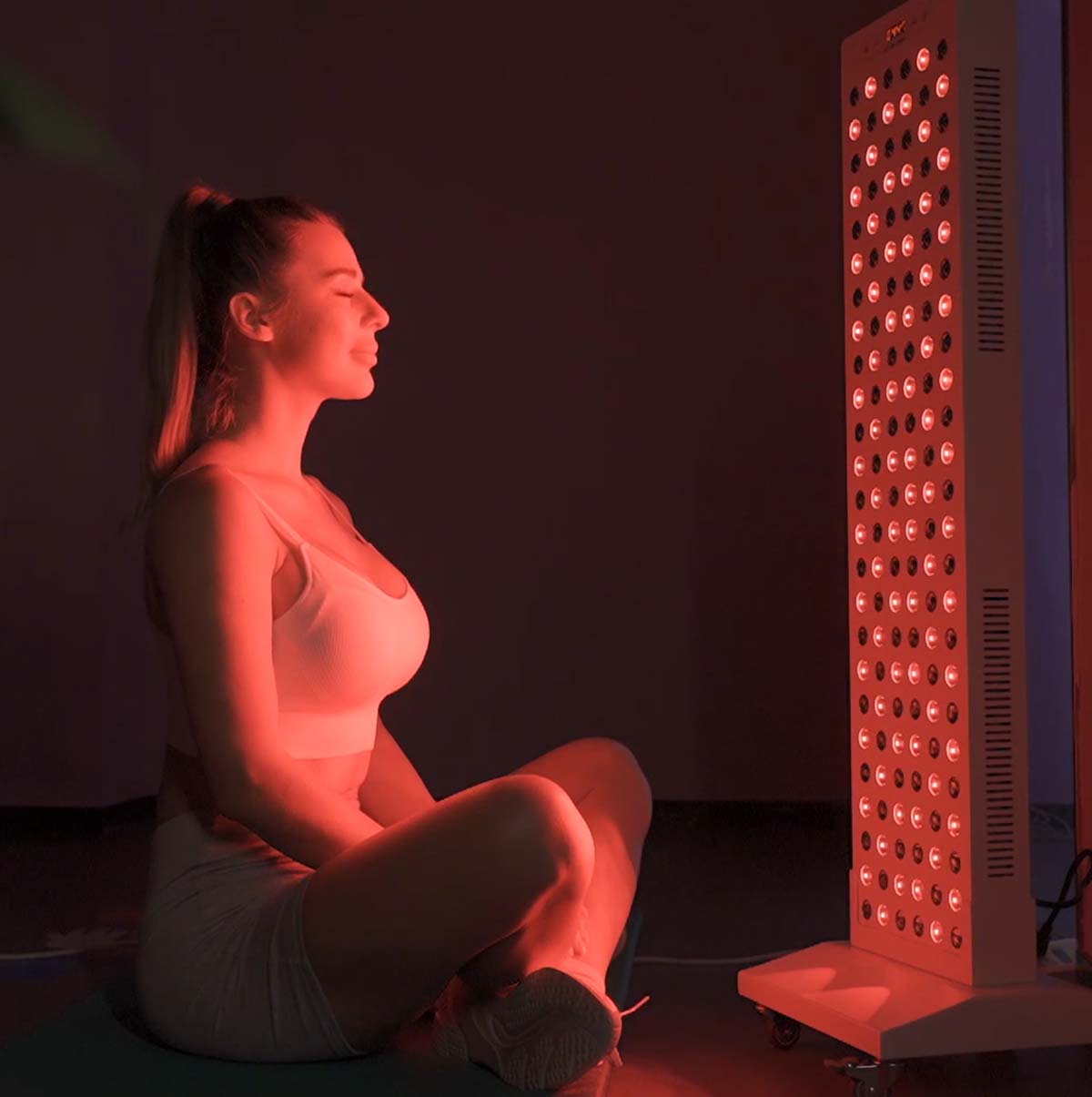
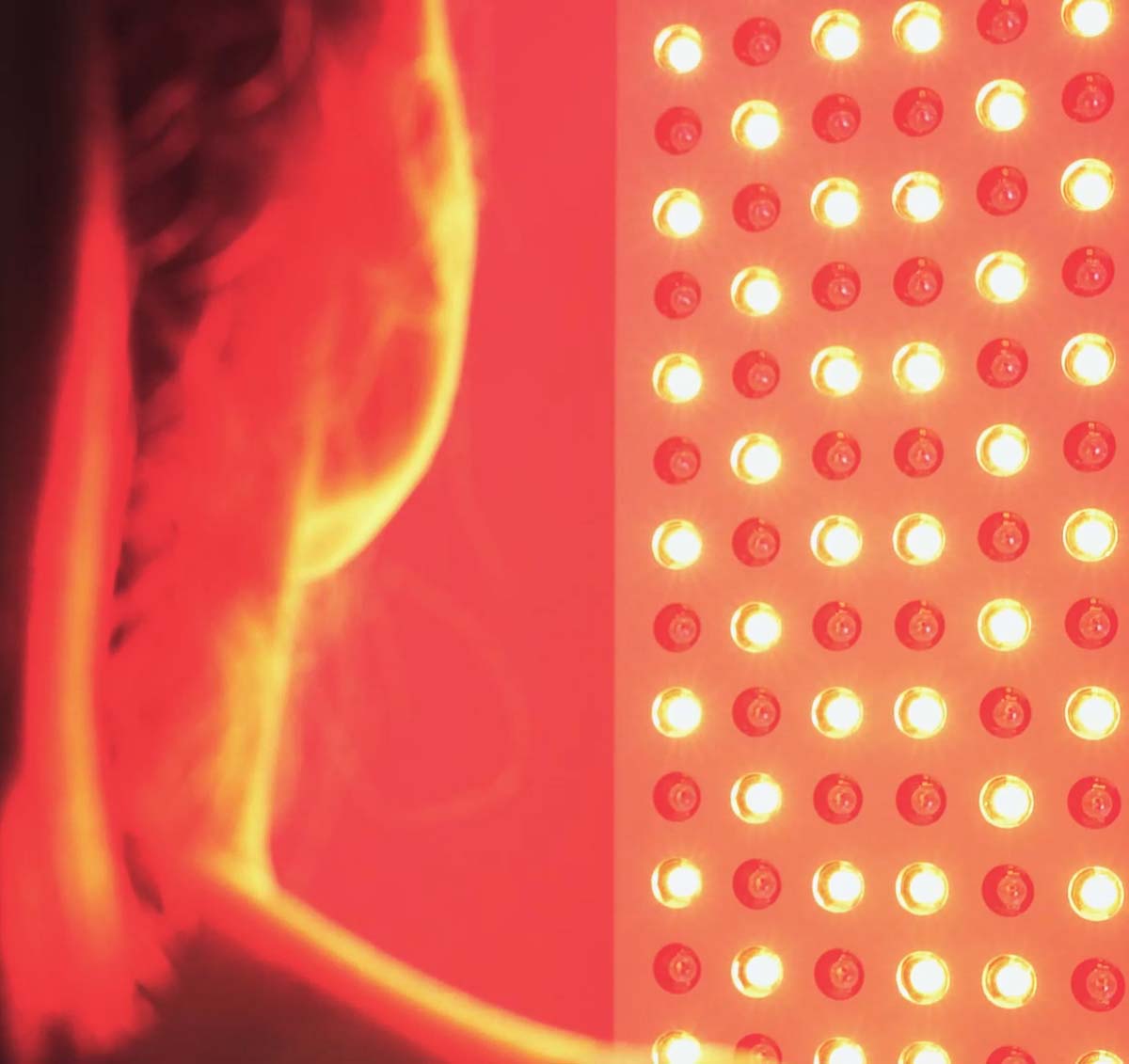
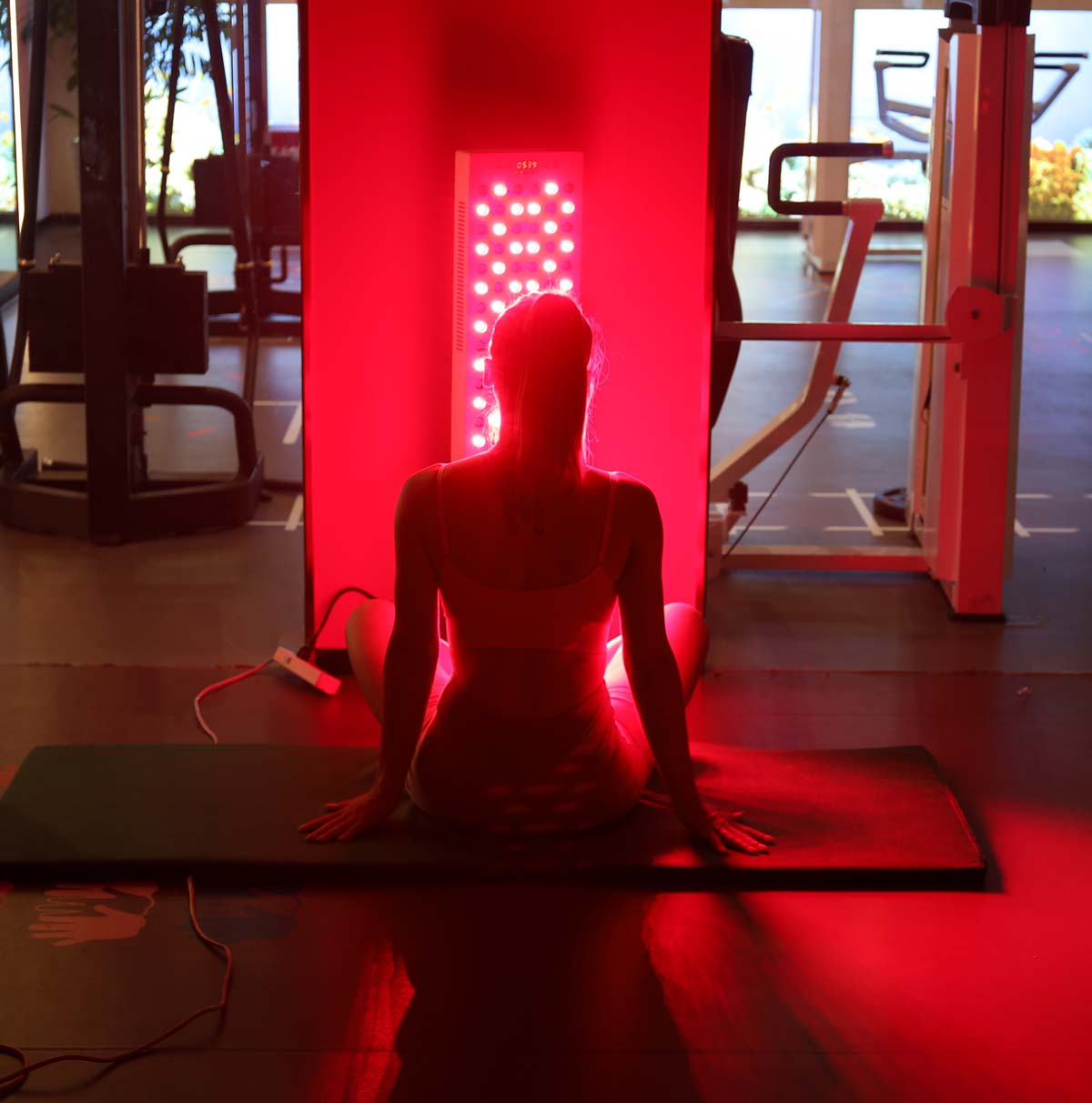


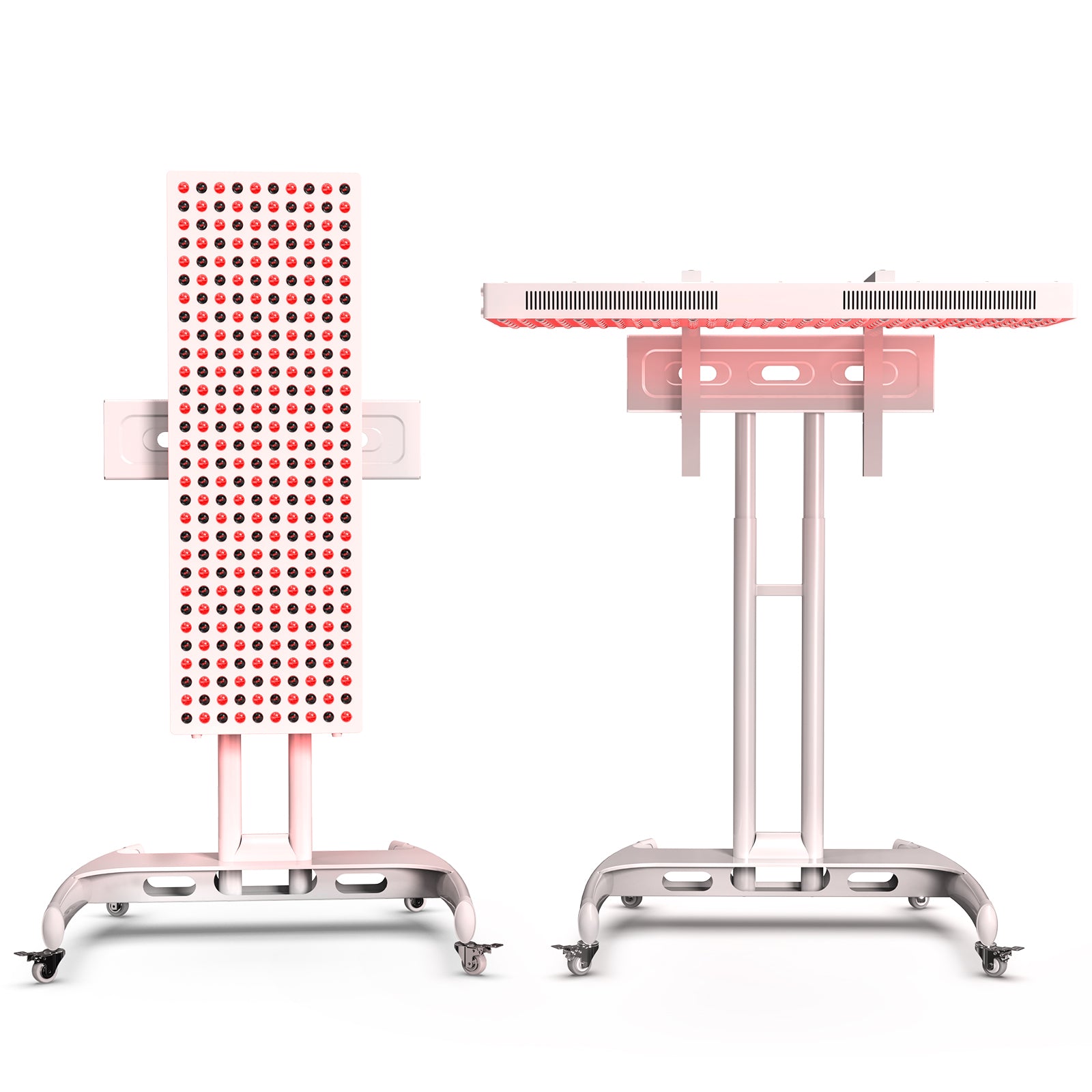
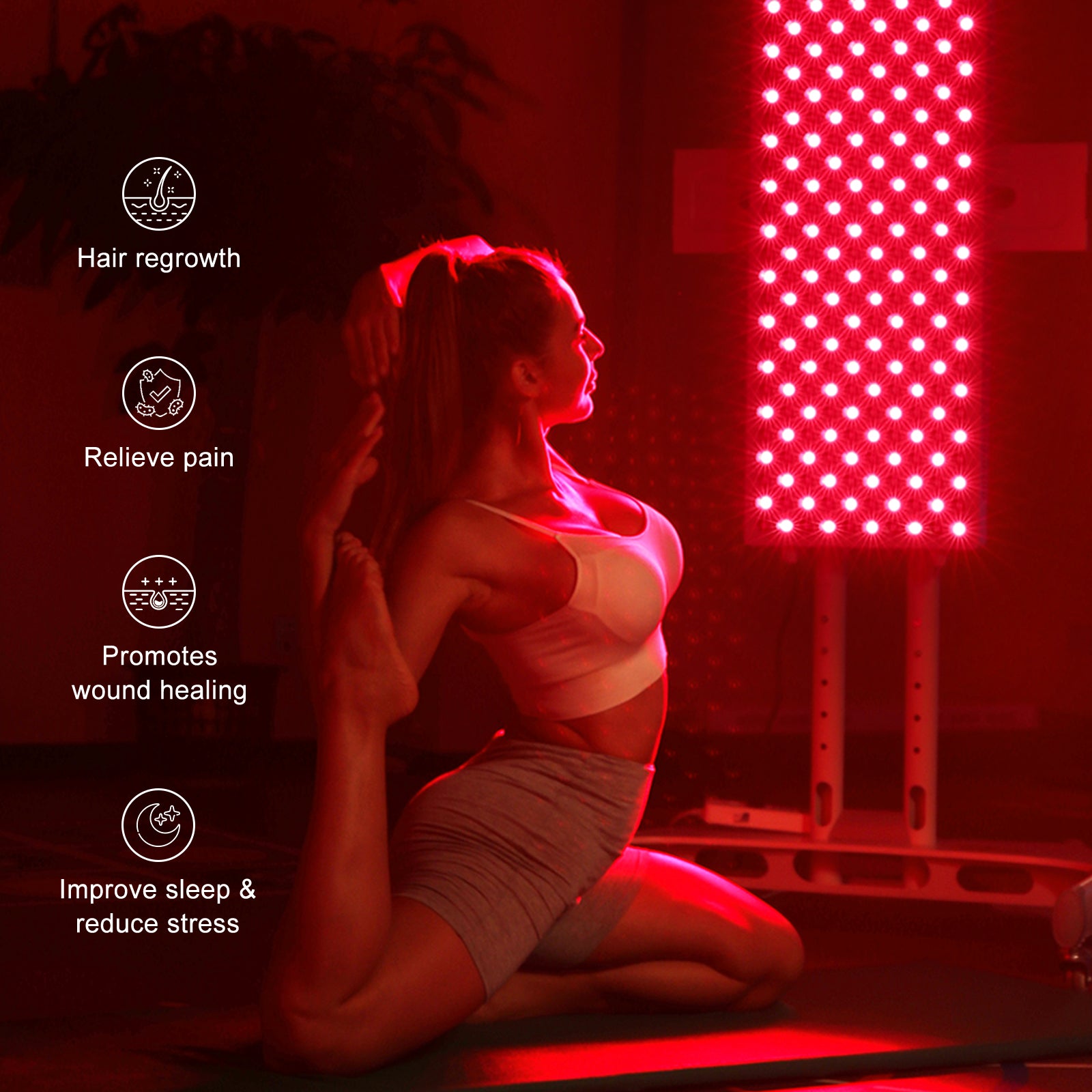
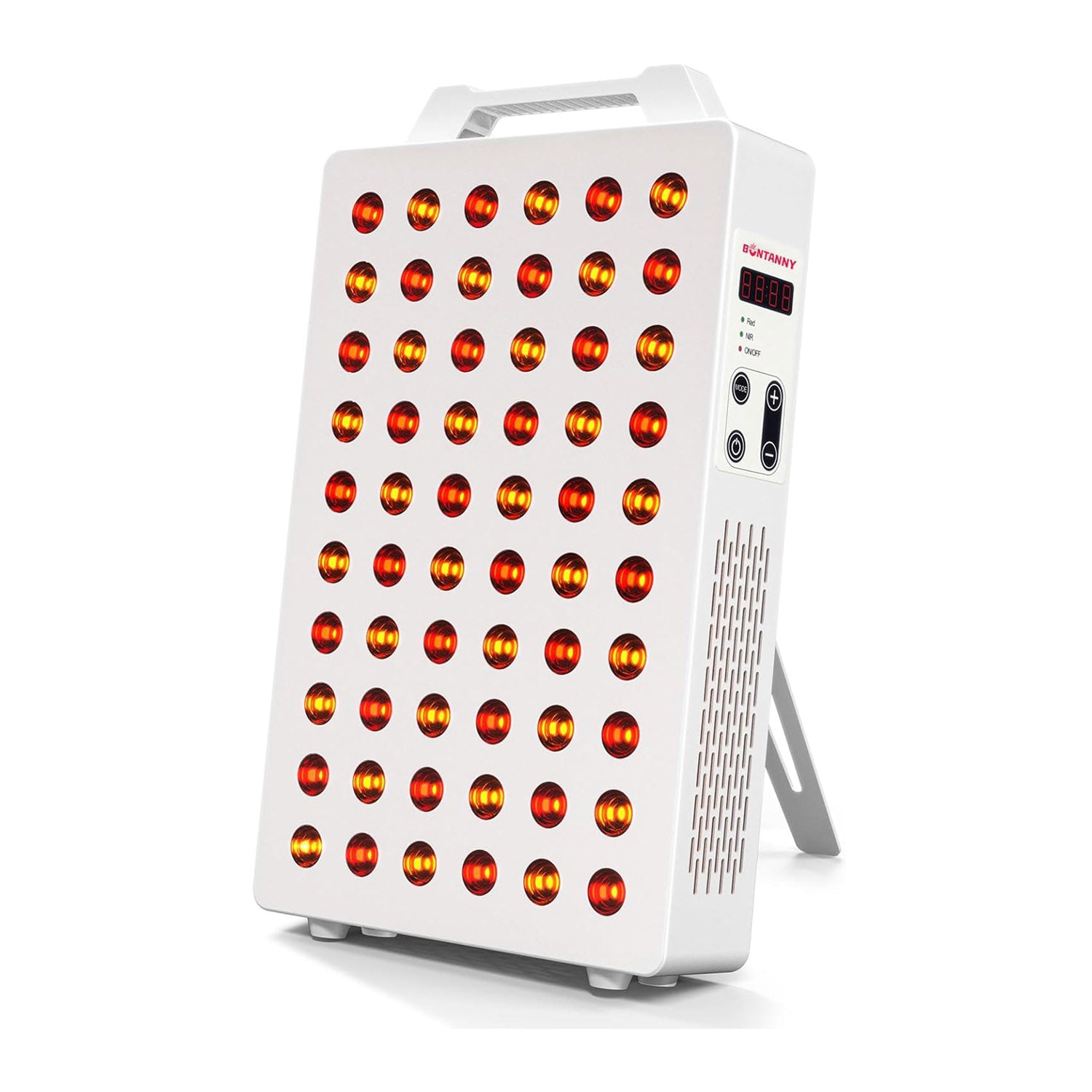
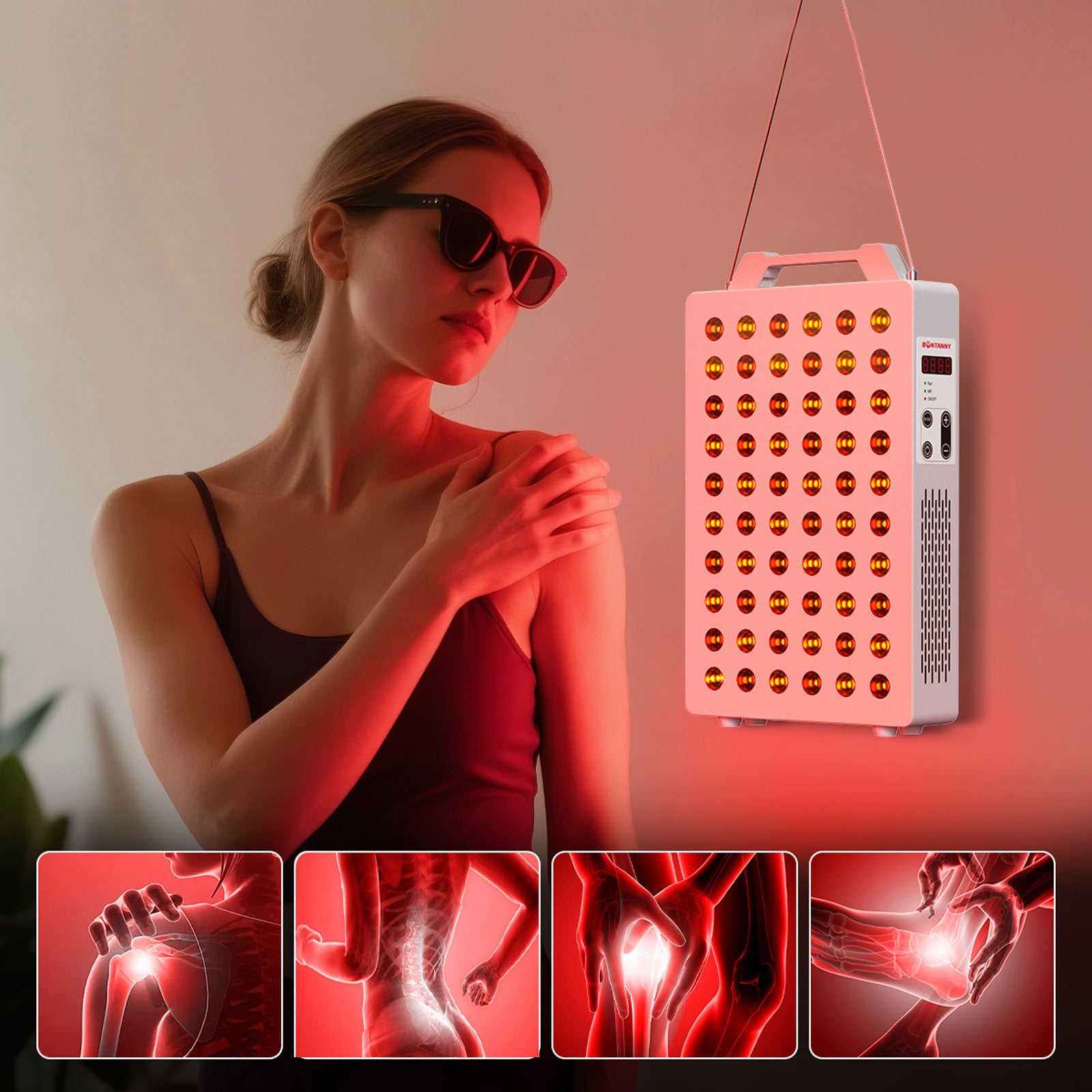
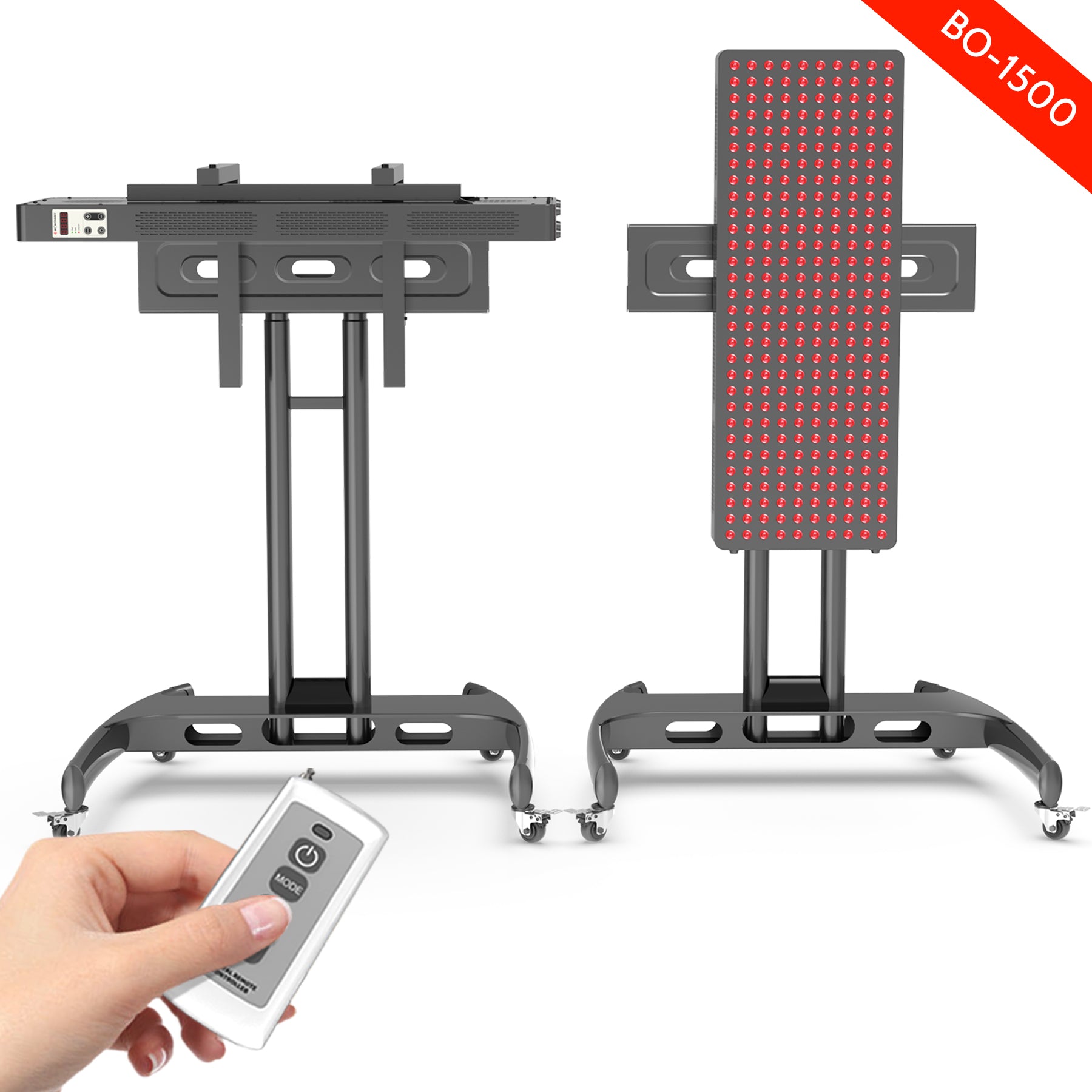

Leave a comment
This site is protected by hCaptcha and the hCaptcha Privacy Policy and Terms of Service apply.